If you visit today’s Google homepage, you will see a colorful, animated, musical doodle wishing everybody happy holidays.
The happy holidays doodle has six glowing buttons. Each button plays a sound from the musical notes of 'jingle bells', when we click on it. The button also light up six Christmas symbols - snowflake, Santa Claus, bell, snowman, candle and a gift box - on a dark background. Once all the six buttons are clicked, it starts to play 'jingle bells, jingle bells, jingle all the way'.

Google has been using doodles to celebrate various global holidays and events, and honor famous personalities on their birthdays. The first Google Doodle was in honor of the Burning Man Festival of 1998 n the Nevada desert. The doodle was designed by Larry Page and Sergey Brin themselves to notify users of their absence in case the servers crashed.
Two years later, in 2000, Larry and Sergey asked current webmaster Dennis Hwang, an intern at the time, to produce a doodle for Bastille Day. It was so well received by our users that Dennis was appointed Google's chief doodler, and doodles started showing up more and more regularly on the Google homepage.
Over the next 11 years more than a 1000 doodles have appeared on Google’s homepage. On December alone, as many as 17 doodles have adorned the homepage.
Below is a collection of Google’s Happy Holidays/Christmas doodles from the previous years.
2010

2009
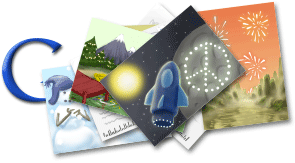
2008
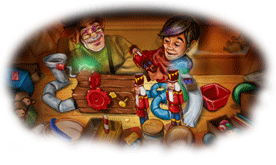
2007

2006
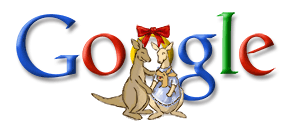
2005

2004
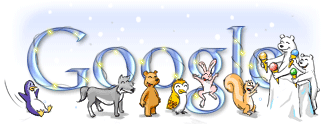
2003
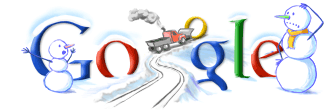
2002
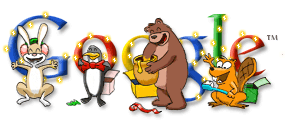
2001
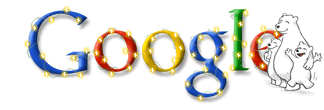
2000

1999

You can see all past Google doodles here.

Comments
Post a Comment